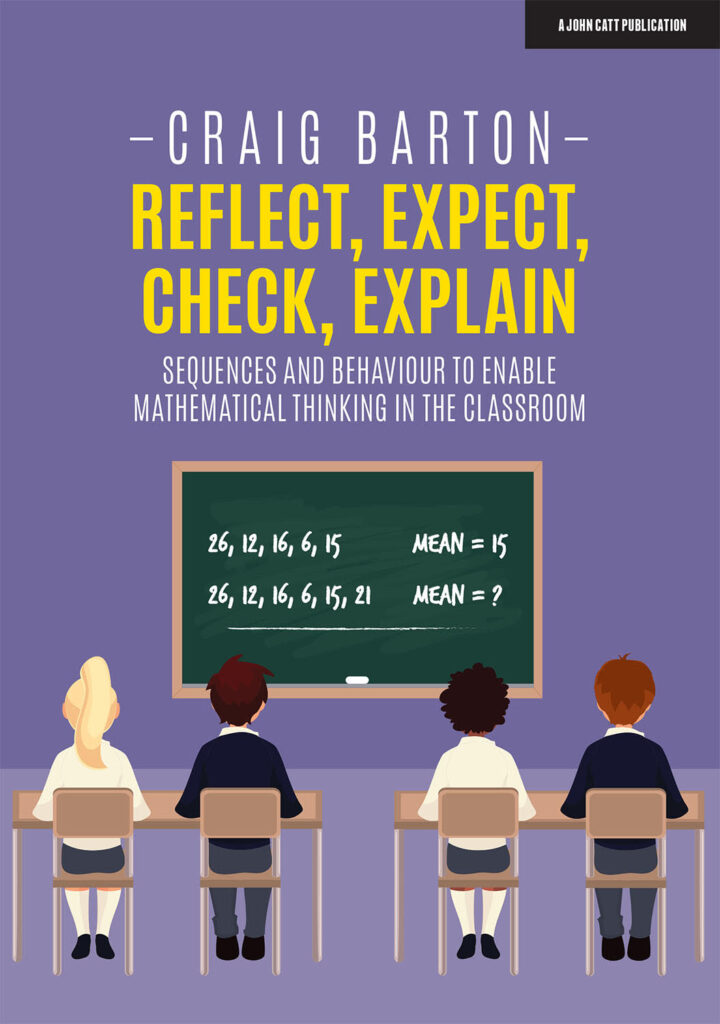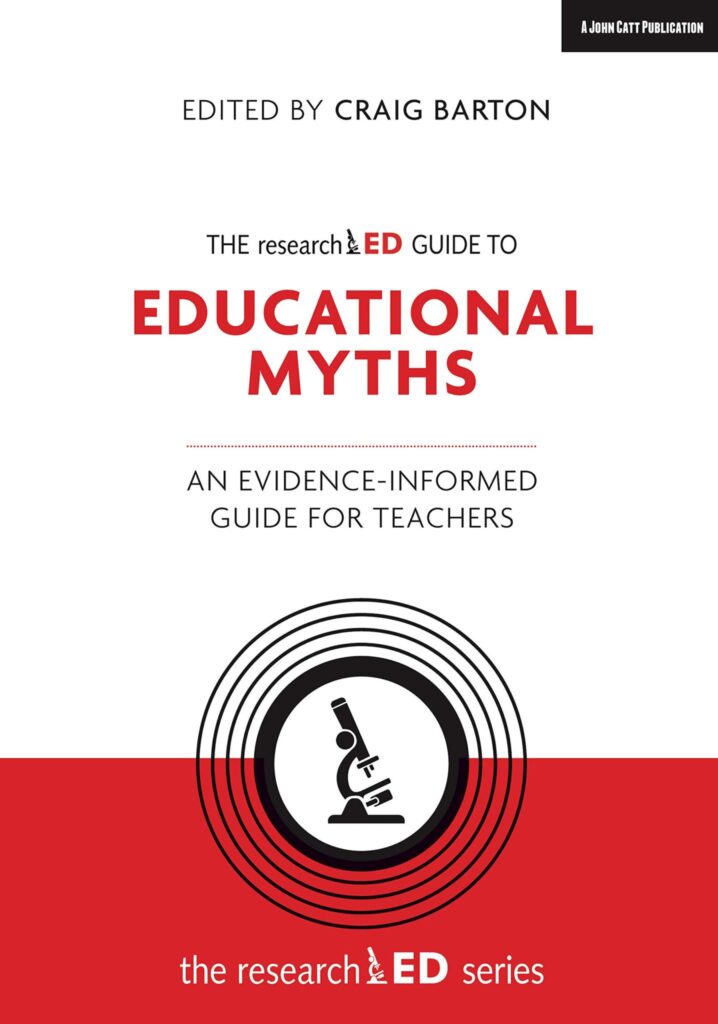
- Title: Attention, Mindwandering, and Mood
- Authors: Michael H. Hobbiss, Jake Fairnie, Keya Jafari and Nilli Lavie
- Access the original paper here
- Watch a summary video:
Paper summary
The provided text explores the relationship between attention focus, mind-wandering, external distractions, and reported happiness levels through two studies involving 524 participants. The researchers hypothesize that both mind-wandering and external distractions stem from a common state of reduced attention focus. They conducted real-time sampling of people’s experiences during daily activities, finding positive correlations between mind-wandering duration and various external distractions, such as mobile phones, advertising, and background music. Furthermore, the studies revealed a significant negative association between both mind-wandering and mobile phone distractions and reported happiness, suggesting that a reduced ability to maintain attention may have emotional consequences. The findings support a single underlying construct for internal and external distractions and highlight the impact of attention on well-being across diverse daily life scenarios, including social engagement.
If teachers remember one thing from this study, it should be…
If teachers remember one thing from this study, it should be that reduced attention focus, manifesting as both mindwandering and external distractions (especially mobile phones), is significantly linked to lower happiness levels. Promoting focused attention could therefore enhance student well-being.
***Paper Deep Dive***
What are the key technical terms used in the paper?
- Attention focus: The ability to maintain attention on task-relevant material.
- Reduced attention focus: A common state underlying both mindwandering and external distraction.
- Mindwandering: Internal distraction into unrelated topics, also known as task-unrelated thought (TUT).
- External distraction: Distraction by entirely irrelevant external stimuli.
- Happiness/Mood: The reported level of emotional well-being.
What are the characteristics of the participants in the study?
The study involved 524 people across two studies. Study 1 included 459 unpaid participants (ages 13-79), recruited from various UK cities and towns. Study 2 comprised 82 participants (ages 12-29) from central London. All were recruited via opportunity sampling while undertaking common daily-life activities.
What does this paper add to the current field of research?
This paper supports the hypothesis that a common state of reduced attention focus underlies both mindwandering and external distraction. It extends previous findings by demonstrating this relationship in diverse real-life settings and populations, examining the duration of distractions, and establishing a link between external distractions (especially mobile phones) and lower happiness levels.
What are the key implications for teachers in the classroom?
The key implications for teachers in the classroom, drawn from this study, are multifaceted and primarily revolve around the relationship between attention, distraction, and student well-being:
- Impact on Student Happiness: Teachers should recognize that reduced attention focus, whether through mindwandering or external distractions, is significantly associated with lower reported happiness levels. This suggests that fostering an environment conducive to focused attention may not only improve learning but also enhance student mood and overall well-being.
- Minimizing Mobile Phone Distraction: Mobile phones are identified as a prevalent source of external distraction and are significantly linked to reduced happiness. Teachers should implement strategies to minimize mobile phone use in the classroom, as this is a direct and impactful way to reduce a significant source of inattention and its associated negative emotional effects. Other research cited highlights that dividing attention in the classroom reduces exam performance.
- Addressing the “Common State” of Inattention: The study supports the hypothesis that mindwandering and external distractions are both manifestations of a common state of reduced attention focus. This means that interventions aimed at improving general attention focus, or making task-relevant material more engaging, could simultaneously reduce both internal (mindwandering) and external forms of distraction.
- Focus on Task-Irrelevant Distractions: The critical factor in the relationship between mindwandering and external distraction is task-irrelevance. Teachers should strive to create learning environments where stimuli are relevant to the task at hand, thus reducing opportunities for irrelevant external distractions and mindwandering to take hold.
- Recognizing Duration of Distraction: The study measured the duration of distractions, finding that longer proportional durations of mindwandering and external distractions are linked to reduced mood. This implies that persistent, prolonged periods of inattention are particularly detrimental, and teachers should be attuned to signs of sustained disengagement.
- Social Engagement as a Factor: While social engagement was linked to increased happiness and reduced mindwandering and mobile phone distractions for lone individuals in the study, its role in a classroom context needs careful consideration. Teachers might find that structured social learning activities can keep students engaged, but unstructured social interaction could become an external distraction.
Why might teachers exercise caution before applying these findings in their classroom?
Teachers should exercise caution because the study’s findings are based on self-reported data from diverse public settings, not specific classroom environments. Crucially, while a link is shown, the study does not definitively establish a causal relationship between reduced attention focus and improved happiness, suggesting a bidirectional possibility that requires further research.
What is a single quote that summarises the key findings from the paper?
The results are consistent with the hypothesis that that a state of reduced attention focus underlies both mindwandering and distractibility and clarify the link with happiness.








